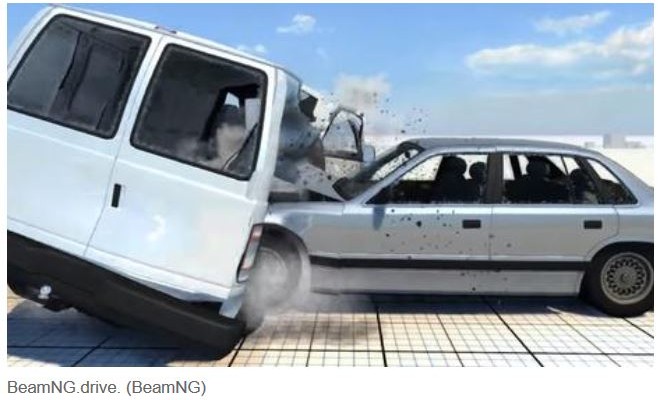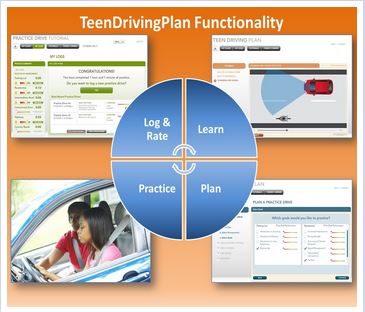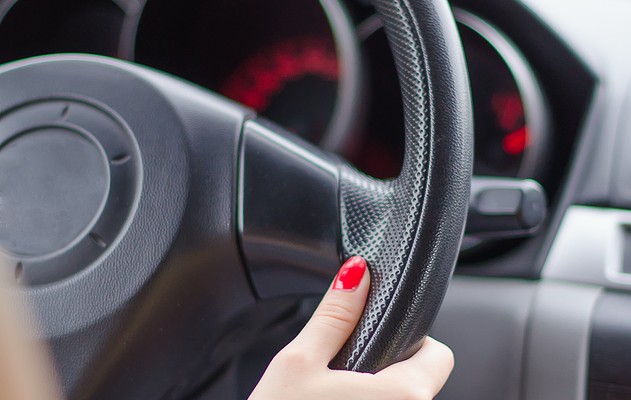Category Archive: Driving Skills

Teens Pick Up Parents Bad Driving Habits
July 30, 2014
Almost one-third of parents responding to a survey feel that they have passed their own bad driving habits on to their teens. The study, conducted in the Canadian province of British Columbia, showed that 29 percent of parents feel their teen is practicing the same bad driving behaviors that they themselves are guilty of.
Modeling Your Behavior
Any parent who has let a bad word escape their lips only to hear their toddler immediately repeat it can easily understand that kids tend to copy their parents behaviors. However, many parents fail to realize that their child has been observing their driving behaviors since they were in a child seat and it shouldn’t be surprising that their teen would also copy their bad driving behaviors. When training a teen to drive, it isn’t enough to say “Do as I say – not as I do!” If you want your teen to be a safe driver, you have to model the same type of safe driving behavior yourself.
Changing Bad Habits
Teens have no tolerance for hypocritical behavior in adults. If you know some of your driving behaviors (such as speeding or trying to beat a yellow light) aren’t safe, you need to get rid of those bad habits and then, let your child know you are making a conscious effort to change your driving behavior and why. A child will take that lesson to heart more easily if you are honest in your evaluation of your driving habits and the reasons for changing them.
If you need more help, consider voluntarily attending a driving school. There, you can hear safe driving tips and gain a better understanding of how your driving habits could lead to a crash. You can also pick up information on new traffic laws that you may not be aware of.

Second Half of 100 Deadliest Days For Teens
July 18, 2014
We are halfway through the 100 deadliest days for teens; that period between Memorial Day and Labor Day when, according to the AAA, the chances for teens to be involved in a crash increase by 26%. Read more: Police, AAA team up to help keep teen drivers safe

Video Game Car Crashes Reach New Level
July 15, 2014
A small video game developer has taken computer generated car crashes to a new level. Combining car crash data, physics, and materials science, BeamNG has developed video game scenes with incredibly realistic car crashes. It’ll be hard to keep driving in a game with this level of damage. To see a video and learn more, read: Video-game wrecks get real

“Teen Driving Program” Improves Teen Driving Performance
July 8, 2014
A study released recently by the Center for Injury Research and Prevention at the Children’s Hospital of Philadelphia (CHOP) showed that the experimental Teen Driving Program (TDP), a web based program that helps parents plan and track their teen’s progress while learning to drive, significantly improved driving performance for teens. The study tracked two groups of teens, one that used the TDP program and one that didn’t. According to the study results:
- “Young drivers that used TDP over a 24-week period were 65 percent less likely to fail a rigorous on-road driving assessment than those not given access to the intervention.
- Overall, six percent of teenagers that used TDP had their on-road driving assessment terminated due to unsafe driving performance as compared to 15 percent of those not given TDP.
- Families who used TDP also reported more driving practice in various environments, at night, and in bad weather.
- TDP increased parent engagement as practice supervisors, practice variety (at least 1-2 hours of practice in all six driving environments), and parent support of teens.”
The program isn’t available to the public yet but, according to a news release put out by CHOP, it will be available later this year. For a video demonstration of the program and to learn more, read: TeenDrivingPlan (TDP)
Photo compliments of: Children’s Hospital Of Philadelphia

Ask The Driving School Instructor: Hands on Steering Wheel
July 7, 2014
Question: My dad told me to hold the steering wheel at the 10 and 2 o’clock position but the manual says to hold it at the 9 and 3 or even 8 and 4 o’clock position. Which one is right?
Answer: I’m reluctant to say your dad is wrong but he’s probably teaching the skills he was correctly taught before airbags were a common feature in cars and that information is no longer valid.
Imagining the steering wheel as a clock face, most driving manuals recommend holding the steering wheel at the 9 and 3 o’clock or even lower at the 8 and 4 o’clock position. This serves two functions. First, it prevents the driver from turning the wheel too sharply. If a distracted driver should run off the road, the natural tendency is to automatically steer sharply back onto the road. This is how so many teens get killed and injured when they lose control of their vehicle.
The second reason for holding the wheel at those positions is to protect your hands and arms if the airbags should deploy. In a crash, the airbags deploy at 200 mph in one-tenth of a second. If your hands are high on the wheel, they can be injured when the airbag deploys. To avoid injury to your arms and hands if the airbag should deploy, keep your hands lower, your knuckles on the outside of the wheel and your thumbs resting on the rim of the wheel – not wrapped around the wheel.
